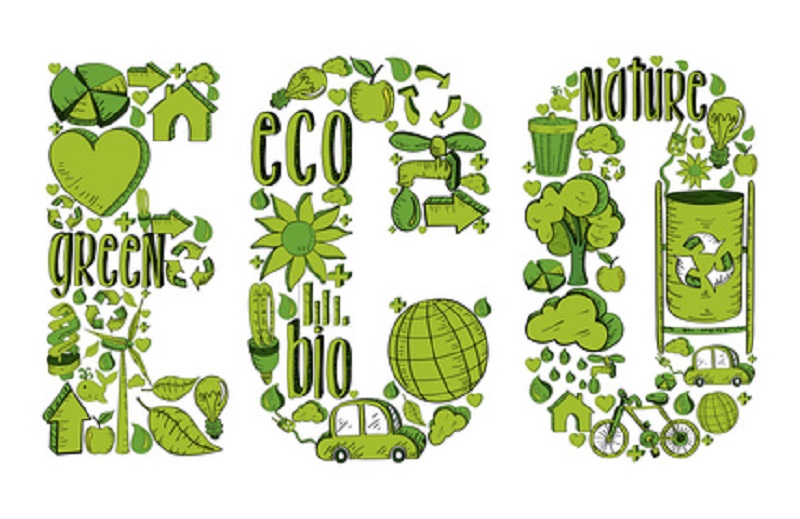There are many reasons why homeowners choose to invest in artificial turf rather than cultivate a lawn of real grass. For some, it’s a matter of enjoying a lush lawn without the upkeep. Others choose this option because of the positive effect on the environment. Here is why your choice to go with artificial turf will be one way you help to protect the environment and preserve the world for the next generation.
Decreased Use of Fossil Fuels
With live grass, there is always the matter of upkeep and maintenance. One of the more common forms of maintenance has to do with the edging and the mowing. Many homeowners use gasoline-powered devices like mowers and edging tools to keep the lawn looking great. That in turn leads to an increased demand for fossil fuels and the steady depletion of an already limited natural resource. Choosing to go with artificial turf means never having to mow the lawn or use edging equipment, which results in a lower demand for gasoline.
Keep in mind not mowing the lawn also means releasing less pollutants into the air. The fumes that find their way into the air as the engine runs may not seem like a big deal, but every little bit of emissions causes more harm to the environment. Choosing to go with artificial grass decreases the carbon footprint and prevents at least a little damage.
Conserving Water
Have you ever stopped to think about how much water it takes to maintain the lawns on a single city block? During warmer weather, homeowners may be watering their lawns every day. Over the course of a year, the amount of water used for this purpose alone can amount to a mind-boggling sum.
It’s true that rain ensures there will always be a certain amount of fresh water in our lakes and rivers. Even so, it is short-sighted to think that shortages don’t take place. Even in areas of the country with ample supplies of water, there are times when local municipalities will encourage people to not water their lawns, simply because it hasn’t rained much lately. In other areas, the encouragement will include a stiff fine for anyone who doesn’t comply.
Thanks to the installation of an artificial lawn, there isn’t the need to consume as much water. That means more to go around for everyone, and ensuring the levels in those lakes and rivers remain high enough to sustain the life that thrives in them.
Protecting the Water Table
With a real lawn, there’s the need to use fertilizers and other chemicals regularly. When it rains, that leads to runoff that carries those chemicals into lakes and other bodies of water. It also allows those chemicals to seep deeper into the water table. Since there is no need to use fertilizers on an artificial lawn, it’s easier to protect the water supply for future generations.
Easier to Recycle
One of the major objections to artificial grass has to do with recycling. In fact, the materials used under the grass are typically recycled. When the lawn does have to be replaced after a couple of decades, those same materials can be prepared for use again. Thanks to advances in technology, even the grass itself can be processed again and remain in active use elsewhere. That means none of the materials used for an artificial lawn have to end up in a landfill.
If you are environmentally minded, it makes sense to explore the benefits provided by artificial lawns. Talk with an expert today and compare this option to maintaining a real lawn. You are likely to find the former is the best environmental choice you could make.



